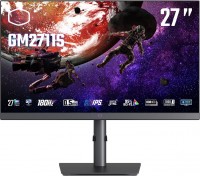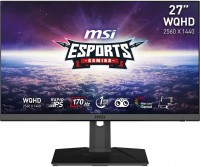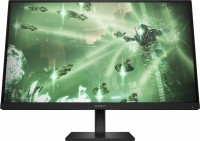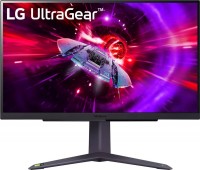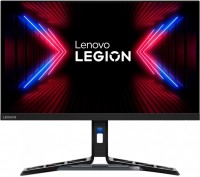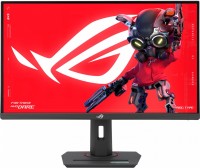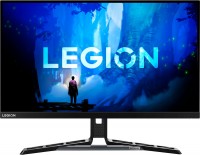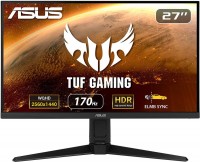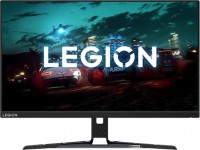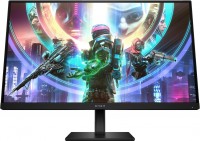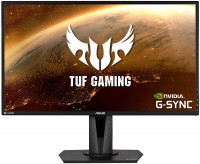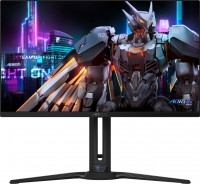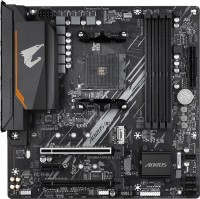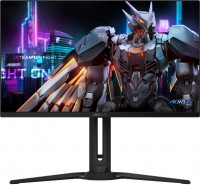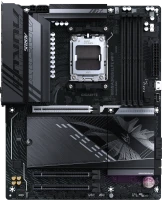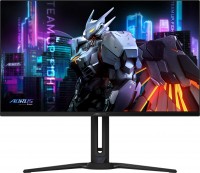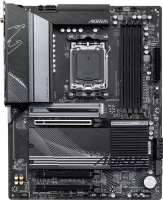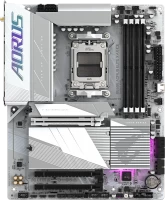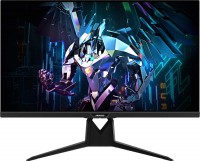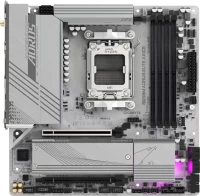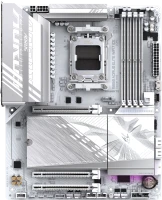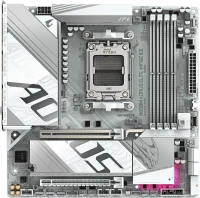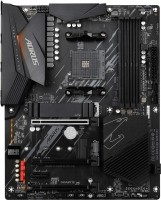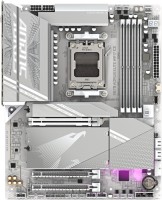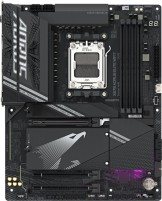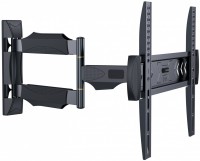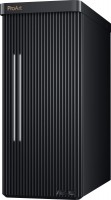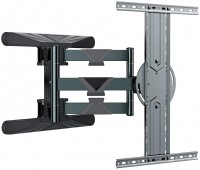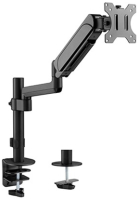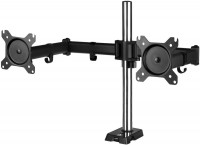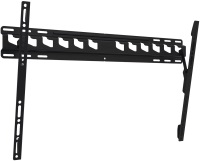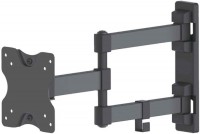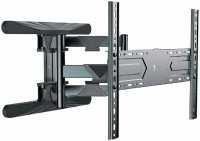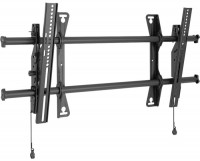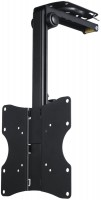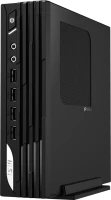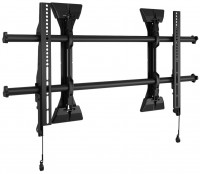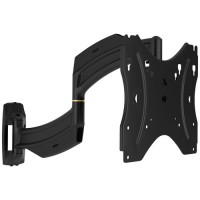Gigabyte Aorus AD27QD 27 " black
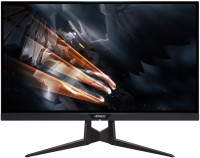 | Outdated Product Product type: gaming; Size ("): 27; Panel type: IPS; Treatment: anti-glare; Resolution: 2560x1440 (16:9); Response time GtG (ms): 4; Viewing angle vert.: 178; Horizontal viewing angle: 178; Brightness (cd/m²): 350; Static contrast: 1 000:1; Dynamic Contrast: 12 000 000:1; Colour depth: 1.07 billion colours (10 bits) |
|
| ||||||||||||||||||||||||||||||||||||||||||||||||||||||||||||||||||||||||||||||||||||
Always clarify the specifications and configuration of the product with the online store manager before purchasing.
Catalog Gigabyte 2025 - new arrivals, bestsellers, and the most relevant models Gigabyte.

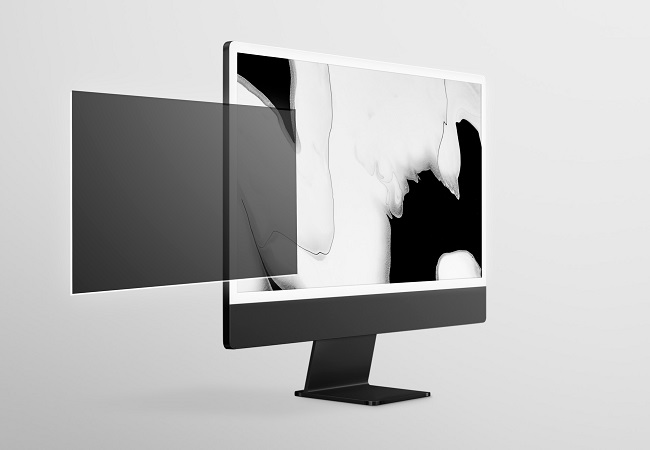
Gigabyte comes with trump cards
Gigabyte actually started producing monitors in 2019 and immediately came up with trump cards. Its 27-inch model Aorus AD27QD boldly claims to be the most sophisticated gaming monitor of 2019. It is based on the world's first 10-bit (8-bit + FRC) IPS matrix with a speed of 144 Hz, a response time of 4 ms and an increased resolution of 2560x1440 pixels. It boasts excellent contrast ratio (above 1000:1), 95% DCI P3 colour coverage and DisplayHDR 400 support. If you move away from dry numbers, the monitor produces an extremely juicy picture and is equally suitable for both games and work with graphics.
10-bit matrix with WQHD resolution and 144 Hz
From purely gaming moments, we note a lot of familiar settings. Black Equalizer highlights dark areas without affecting light areas too much. Super Resolution increases the clarity of the picture, which is useful if you drop the resolution to Full HD for the sake of extra fps. Low Blue Light reduces the blue component of the picture and protects eyesight. Display Mode emulates matrices of different sizes. Overdrive applies increased voltage to the pixels, reducing latency and blurring the image along the way. And finally, a rather specific Colour Vibrance function is responsible for the saturation of colours, which is used by some e-sportsmen. Of the very unusual things, we note Overlay, which displays information about the state of the computer: temperatures, frequencies, loading, fps, and even mouse resolution.
Design for gamers
Looks Aorus AD27QD according to its price tag and status. From the front, the monitor looks stylish, not too catchy: thin side frames, a thick bottom edge with a border, a futuristic tripod as a stand. The most interesting begins with the reverse side. There, the stand is decorated with RGB LEDs that are built into the back of the case and, combined with the Aorus falcon logo, resemble wings. All this New Year's fun is synchronized with the rest of the computer backlight using Gigabyte RGB Fusion software. The stand itself allows you to both lift the panel and rotate it along all axes. The provisions are fixed clearly, and the process itself is so smooth that you feel that the money was not given in vain. It is only inconvenient that the stand is large and the monitor sticks out at a respectable distance from it. If you have a small desk and your monitor is up against a wall, the Aorus AD27QD can be a bit of a problem.
Sheepskin is worth the candle
So is the Aorus AD27QD worth its $600? We think so. There are more and more IPS monitors with high refresh rates on the market, but very few of them are able to demonstrate such a juicy, bright and attractive picture. And the increased WQHD resolution looks like a reasonable compromise between standard FullHD and redundant 4K. Well, the combination of 10 bits + 144 Hz can now be found only in a few monitors, which will cost much more.



